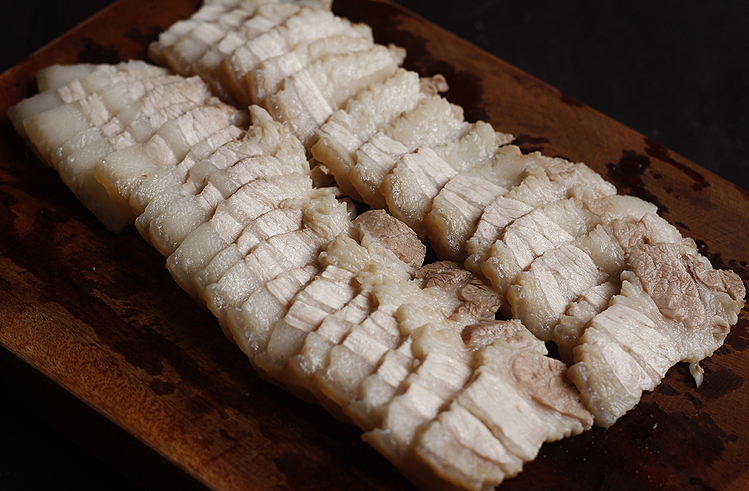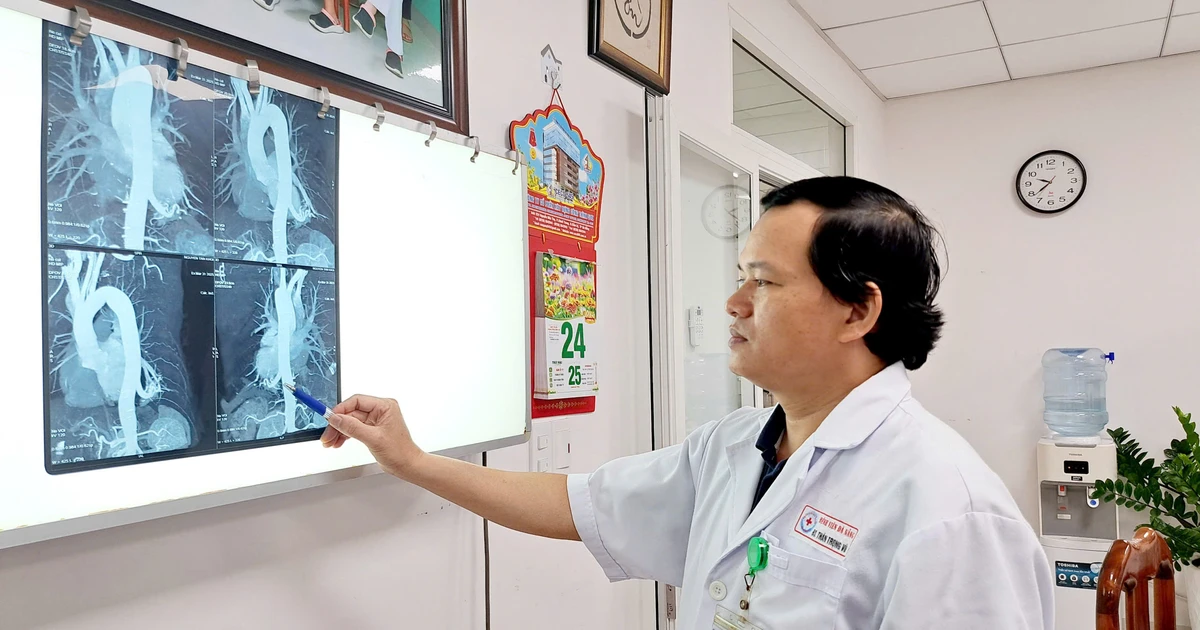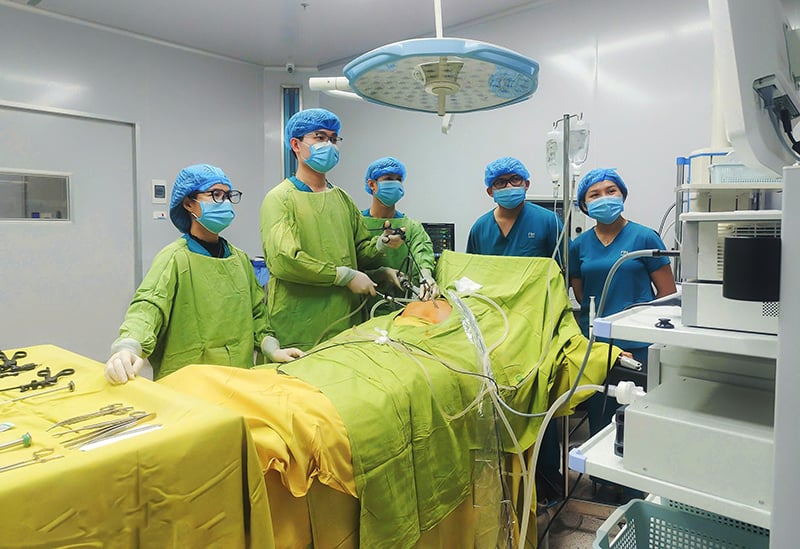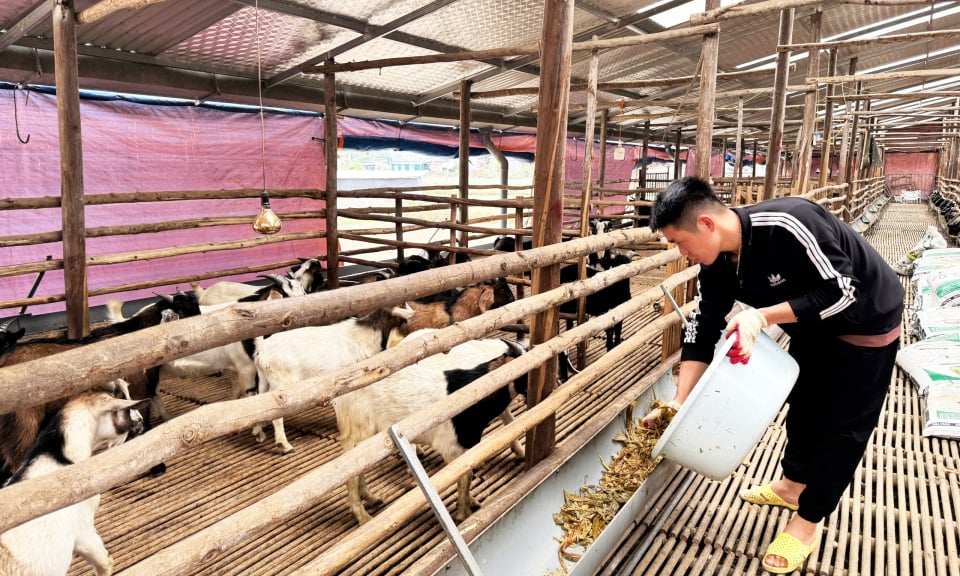My family has a habit of storing frozen food for later cooking. Doctor, how should we defrost it to ensure safety when using it? (Han, 30 years old, Ho Chi Minh City)
Reply:
Fresh food when left at room temperature easily creates conditions for bacteria to grow. In processing, the concept of "danger zone" is mentioned as the temperature range of 8-63 degrees Celsius. Frozen food does not kill bacteria, it only helps prevent them from growing. Therefore, the defrosting process easily creates conditions for bacteria to grow in this temperature range. With a large amount of food frozen for later use, we need to pay attention to the defrosting process to ensure safety.
The most commonly used method is to defrost in the refrigerator. Food should be placed on the lowest shelf to avoid water dripping onto other foods.
In case of urgent defrosting, the microwave is a useful option. Before placing in the microwave, it is necessary to remove unsafe packaging such as polystyrene trays, plastic food wrap or cardboard boxes.
To avoid contamination, place food in microwave-safe containers. To avoid dripping during defrosting, use containers with lids and vents. Heat will not penetrate the entire mass of food being defrosted, so stir and rotate the mass.
Another popular way to defrost is to use cold water. However, this method can easily put the food in a dangerous temperature range (which is conducive to bacterial growth). When using this method, you need to use a clean basin or sink and let the entire food block be submerged in water.
Food should be wrapped in waterproof, leak-proof packaging to avoid contamination. Thawing should be done in about 2 hours or less to avoid food reaching dangerous temperatures (8-63 degrees Celsius). Even food wrapped in waterproof packaging can still harbor bacteria on the surface of the sink. Therefore, the sink should be cleaned after thawing.
Thawed food should be cooked within 24 hours; if it cannot be cooked immediately, it should be stored in the refrigerator.
For prepared foods that need to be frozen for later use, divide the food into portions just enough for one meal. It is best to store in a glass container and defrost in the microwave when eating.
Doctor Pham Anh Ngan
Ho Chi Minh City University of Medicine and Pharmacy Hospital - Facility 3
Source link



![[Photo] Touching images recreated at the program "Resources for Victory"](https://vstatic.vietnam.vn/vietnam/resource/IMAGE/2025/4/14/99863147ad274f01a9b208519ebc0dd2)

![[Photo] General Secretary To Lam chairs the third meeting to review the implementation of Resolution No. 18-NQ/TW](https://vstatic.vietnam.vn/vietnam/resource/IMAGE/2025/4/14/10f646e55e8e4f3b8c9ae2e35705481d)
![[Photo] Opening of the 44th session of the National Assembly Standing Committee](https://vstatic.vietnam.vn/vietnam/resource/IMAGE/2025/4/14/03a1687d4f584352a4b7aa6aa0f73792)
![[Photo] Children's smiles - hope after the earthquake disaster in Myanmar](https://vstatic.vietnam.vn/vietnam/resource/IMAGE/2025/4/14/9fc59328310d43839c4d369d08421cf3)



















































































Comment (0)